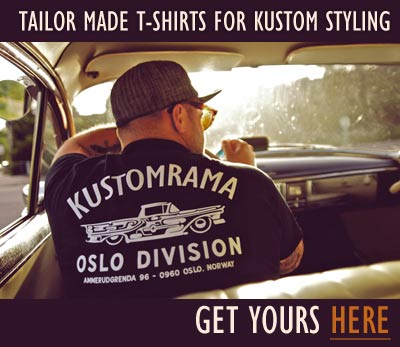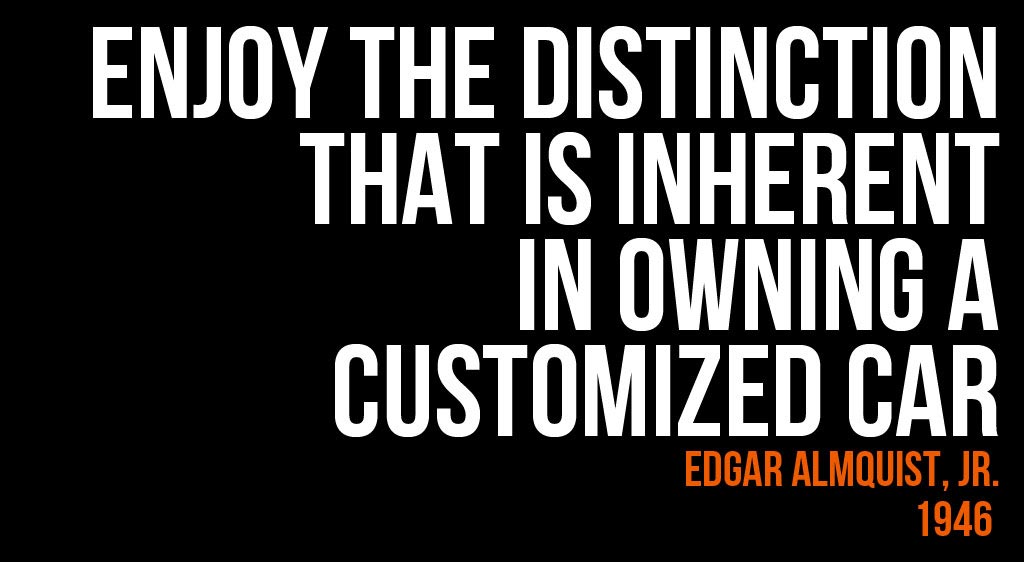1962
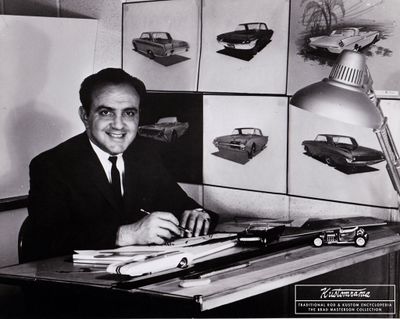
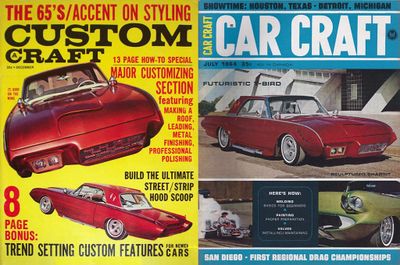
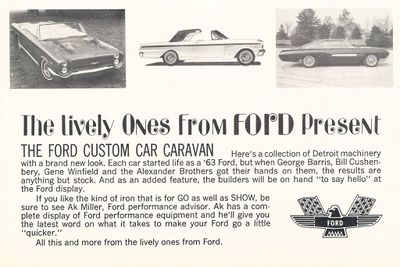
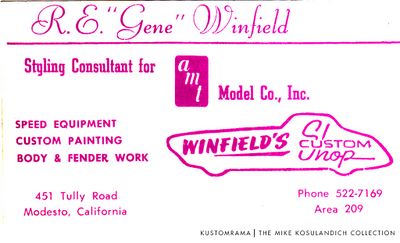
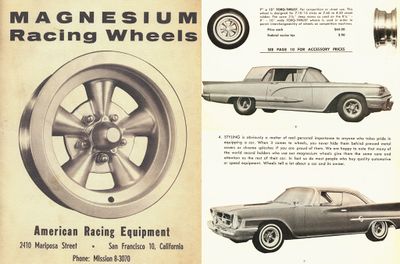
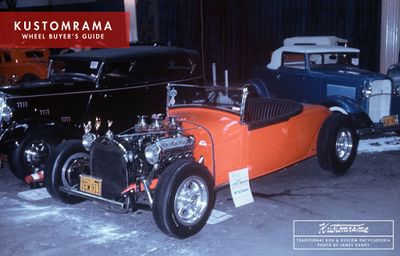
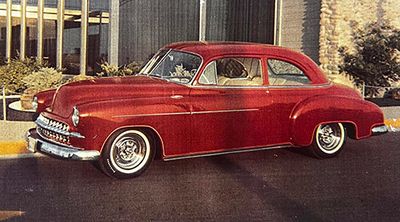
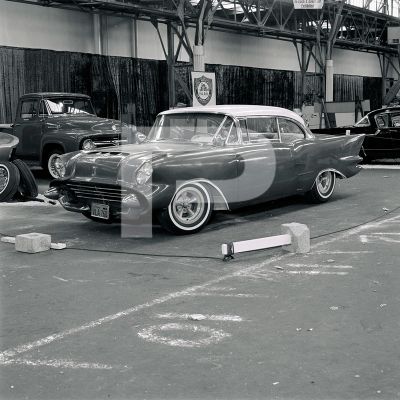
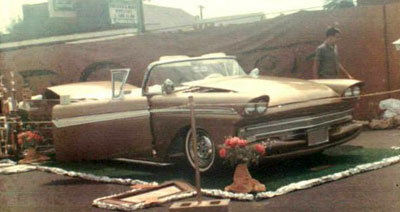
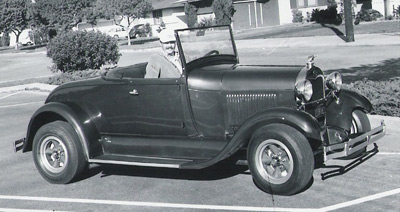
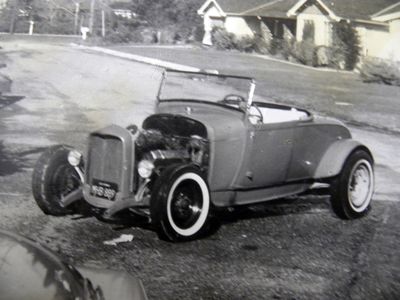
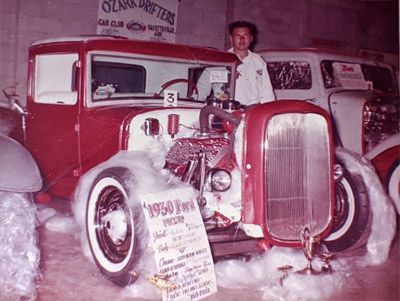
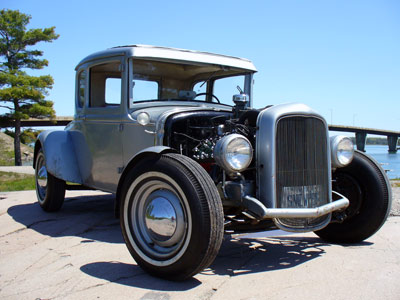
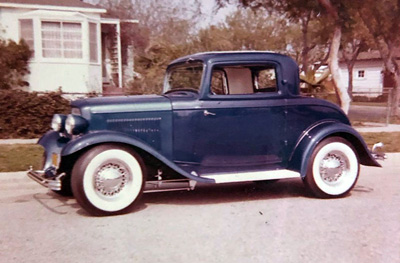
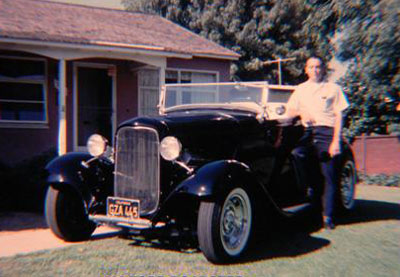
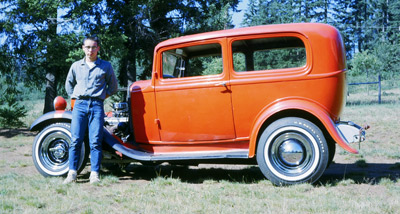
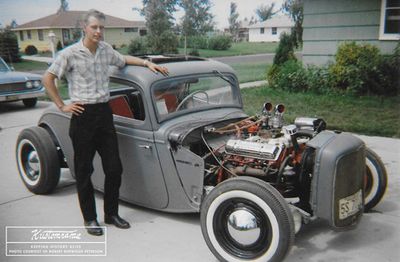
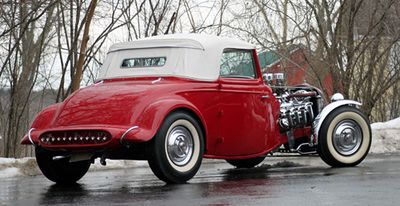
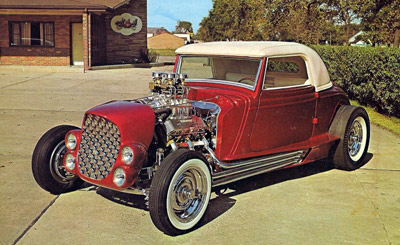
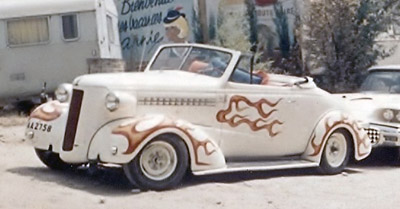
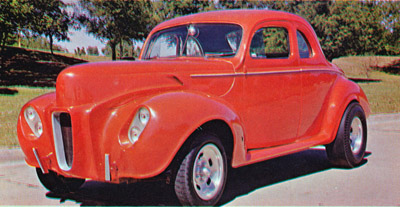
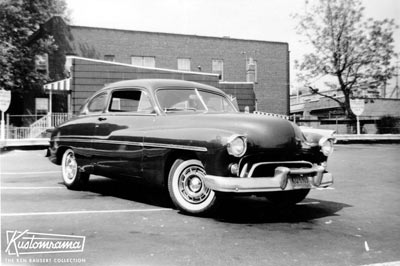
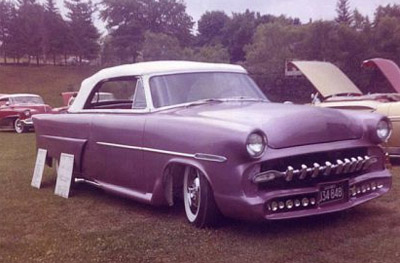
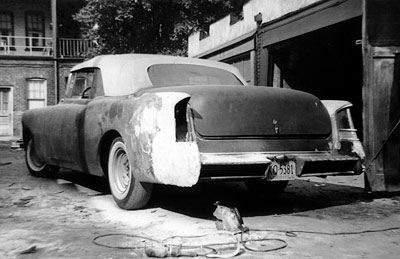
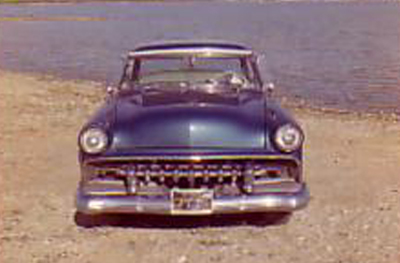
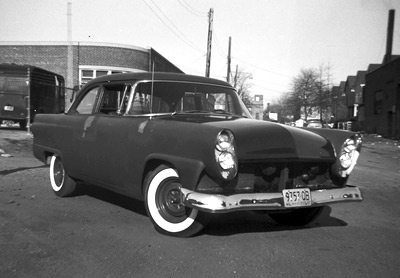
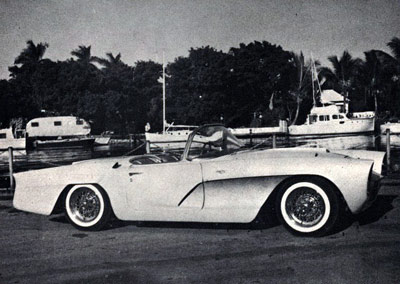
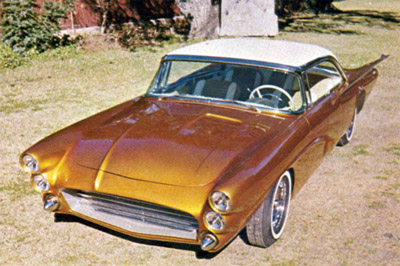

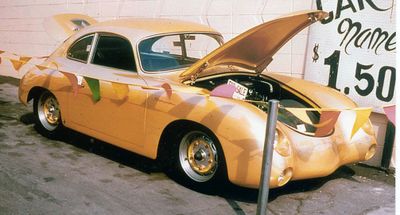
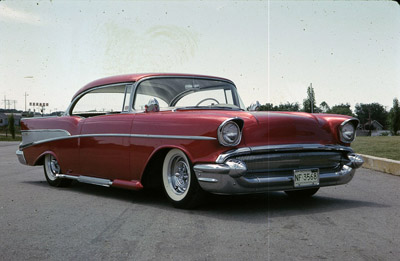
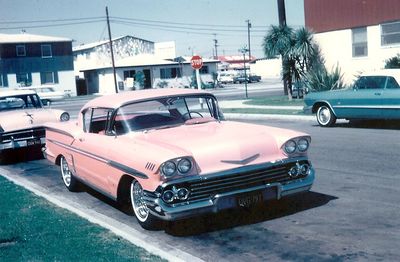
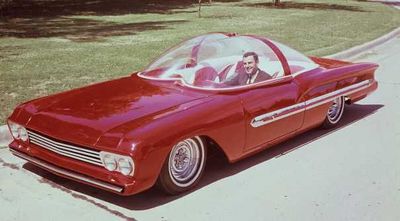
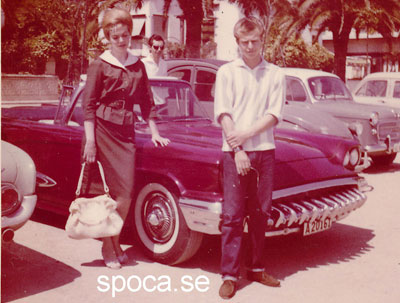
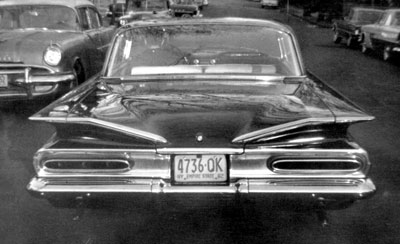
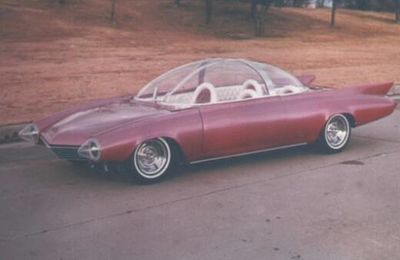
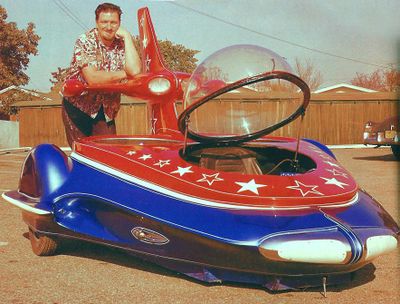
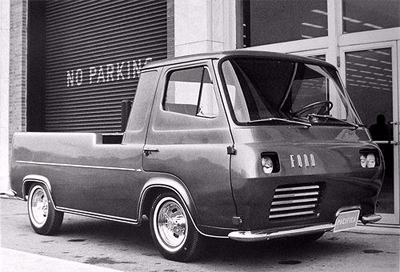
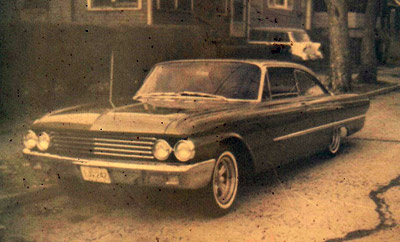
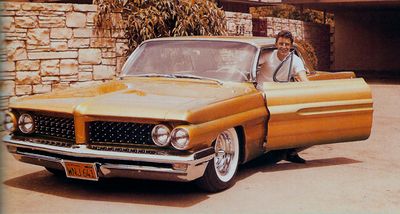
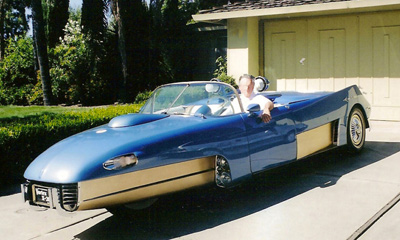
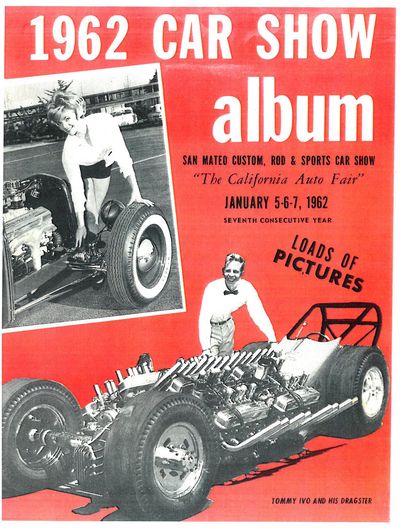
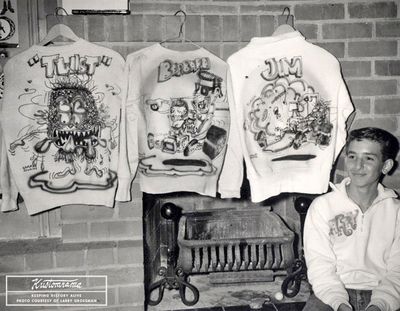
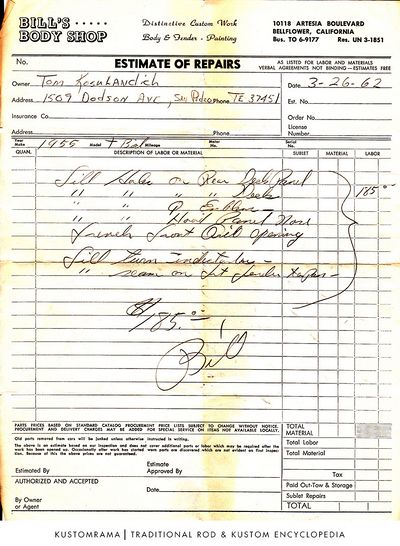
Contents
Custom Trends and Forecasts for 1962
The February 1962 issue of Car Craft magazine contains a Custom Forecast for 1962 by Bob Behme. This was an annual forecast where Car Craft Magazine interviewed "the nation's best known, most original, busiest customized," getting their previews about what kind of originality that would set trends and make automotive news during the year ahead. The 1962 edition of the forecast contained expert predictions by George Barris, the Alexander Brothers, Gene Winfield, Joe Wilhelm, Bill Cuhenbery and Darryl Starbird.[1]
Asymmetrical styling
Asymmetrical styling had its peak in the mid-1960s. It is advanced, and it is a daring and distinguished custom technic. Asymmetrical styling gives the car a non-balanced appearance, and it requires imaginative and unconventional thinking to succeed. George Barris predicted that asymmetrical styling would be the big design news in 1962![1]
Less interest in new cars. More interest in old cars
Joe Wilhelm told Bob Behme of Car Craft Magazine that the 1962 production cars were half customized and too much alike, making them hard and expensive to customize. Because of this, Wilhelm believed 1962 would bring less interest in new cars, and more interest in older cars. "For the first time in a decade customizers are predicting a second look at automotive history." With an emphasis on older cars, the expert panel believed that the customs would be more futuristic than traditional, predicting a strong trend toward "wild rods and coupes."[1]
"The compact cars will have their biggest year"
Car Craft's expert panel predicted that the futuristic trend would echo on to late-model customs. Believing that big car customs would outnumber small cars, they also predicted that compact cars would have their biggest year, expecting a growing interest in small cars. Gene Winfield told Behme that he believed 30 to 50% of his work might be on customizing small cars in 1962. Chevrolet's Monza was one of the most mentioned compacts during the interviews.[1]
Hot Rods Built and Completed in 1962
Eldon E. Schmidt's 1929 Ford Model A Roadster
Jerry McGinnis' 1929 Ford Model A Roadster
Dick Ceola's 1930 Ford Model A Truck
Martin Oja's 1931 Ford Model A Coupe
Art Lehner's 1932 Ford 3-Window Coupe - The Blue Indigo
Gary Priebe's 1932 Ford Roadster
Deaner Probst's 1933 Ford Cabriolet - Lil' Dough
Don Vargo's 1934 Ford Cabriolet - The 69er
Custom Cars Built or Completed in 1962
Hasse Broberg and Kjelle Gustad's 1938 Chevrolet Convertible
Don Moore's 1940 Ford Coupe
George Jezek's 1949 Chevrolet 2-Door Sedan - The Candy Cart
Art Fortin's 1953 Ford Sunliner Convertible
Richie Daus’ 1954 Buick Convertible
Al Peirish's 1954 Ford Skyliner
Gordy O'Hara's 1955 Ford Thunderbird - "Scorchy"
Sal Consiglio's 1955 Ford
Les Mullen's 1956 Chevrolet Corvette - Dominique
Gene Boucher's 1956 Ford - The Marquis
Charles Burwell's 1956 Oldsmobile
Dave Jenkins' 1957 Chevrolet Bel-Air
Ron Volpe's 1957 Ford Convertible - Red Robin II
Dennis McKee's 1958 Chevrolet Impala
Bo Sandberg's 1959 Ford Thunderbird - Surfin Bird
Eddie Buckston’s 1960 Chevrolet Impala
John Zotynia's 1961 Ford Galaxie Starliner - "Persuasian"
Dick Axcell's 1962 Ford Thunderbird
Richard Zocchi's 1962 Pontiac Grand Prix
The Pacifica
Hot Rod or Custom Show Car Built or Completed in 1962
Ed Roth's Rotar
Jerry Woodward's X2000
J.P. Danos' 1958 Chevrolet Biscayne - Fantabula
The Forcasta
Hot Rod and Custom Car Shows of 1962
San Mateo Custom, Rod & Sports Car Show
Toronto Autorama
Tridents Rod and Custo-Rama
Cars Sold in 1962
Dean Jeffries' 1956 Porsche 356 Carrera
Did you enjoy this article?
Kustomrama is an encyclopedia dedicated to preserve, share and protect traditional hot rod and custom car history from all over the world.
- Help us keep history alive. For as little as 2.99 USD a month you can become a monthly supporter. Click here to learn more.
- Subscribe to our free newsletter and receive regular updates and stories from Kustomrama.
- Do you know someone who would enjoy this article? Click here to forward it.
Can you help us make this article better?
Please get in touch with us at mail@kustomrama.com if you have additional information or photos to share about 1962.
This article was made possible by:
SunTec Auto Glass - Auto Glass Services on Vintage and Classic Cars
Finding a replacement windshield, back or side glass can be a difficult task when restoring your vintage or custom classic car. It doesn't have to be though now with auto glass specialist companies like www.suntecautoglass.com. They can source OEM or OEM-equivalent glass for older makes/models; which will ensure a proper fit every time. Check them out for more details!
Do you want to see your company here? Click here for more info about how you can advertise your business on Kustomrama.


